Arrived in the night, I walk out to the balcony in the wee hours of the following day. The Greek philosopher Aristotle must have stood here when he formulated his physics paradigm during the Antiquity. All his four basic elements – Earth, Water, Air and Fire – are shaping profoundly the scene; Aether, the fifth Aristotelean element, permeates the celestial ceiling. An ethereal ambiance indeed.
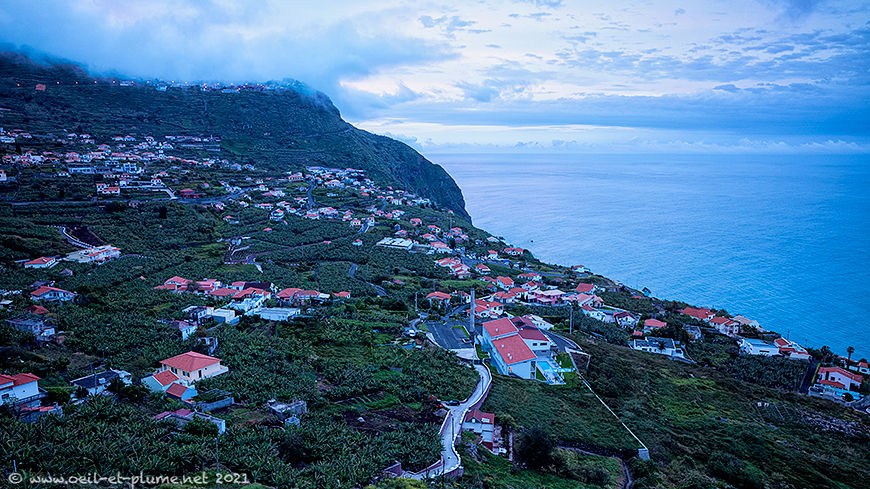
During my recent stay in Madeira, my photographic interest steadily oscillated between Earth forged by Fire, and Water mingling with Air. Thus, the following body of work is naturally articulated into two parts: mountains first, followed by sea. My view is much less documentary than interpretative indeed, using both colour and monochrome frames to reveal the best of each visual representation.
Located in the North Atlantic Ocean, Madeira archipelago stands southeast from the Azores, north from the Canary Islands and west of Morocco. It includes the islands of Madeira, Porto Santo and the Desertas. Madeira constitutes one autonomous regions of Portugal. However, it much differs from Europe’s mainland owing to its specific geography and history.
Mountains
Madeira is geologically located on the African tectonic plate. Born more than 100 million years ago, the island of Madeira sits on top of a massive volcano rising from the bed of the Atlantic Ocean. Its tormented landscape emerging from the Ocean tells much about its volcanic genesis.
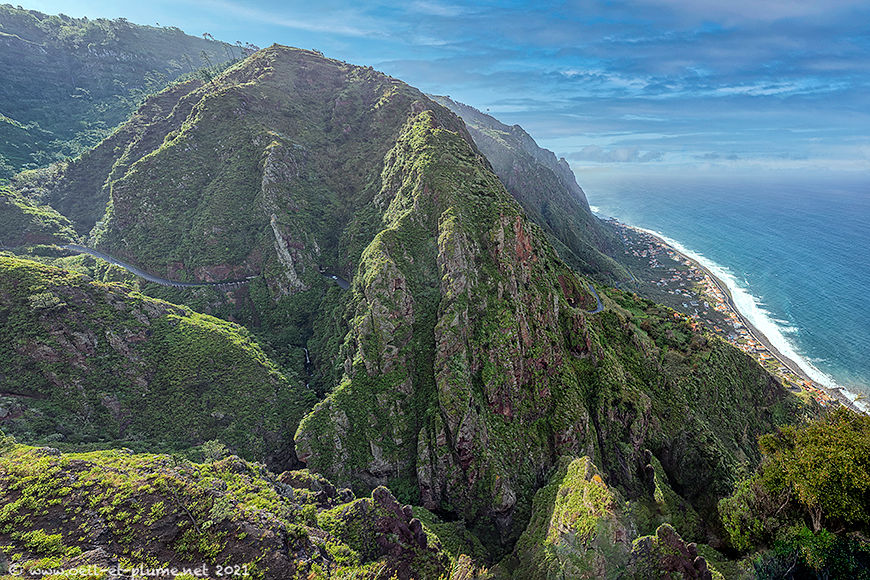
Madeira celebrated recently the 600th anniversary of its discovery by Portugal. In fact, the archipelago received visitors from the Mediterranean basin since the Antiquity. Portuguese sailors sent by Prince Henry the Navigator settled there after 1420. Madeira served as springboard to Portugal’s maritime colonial expansion into Africa and Asia in the 15th and 16th centuries and later to the Americas.
Under Portuguese rule, the archipelago quickly developed a rich agricultural activity, mainly wheat, sugarcane and sugar beat, owing to its fertile soil and to the development of slavery. In the 16th century, slaves counted for 10% of Madeira population. When Portugal’s sugar production shifted to the New World in the 17th century, Madeira’s economy shifted to wine growing. Wine fueled the local economy eventually. Today’s local agriculture relies much on wineries and banana plantations.
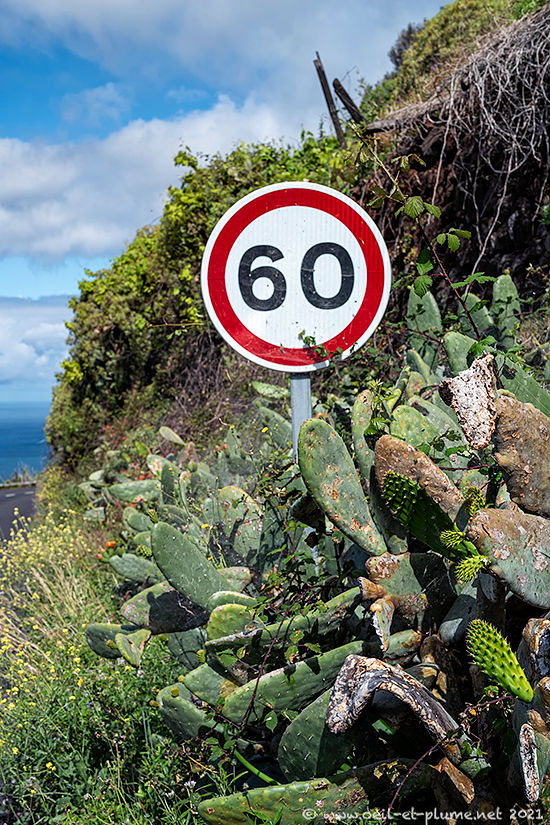
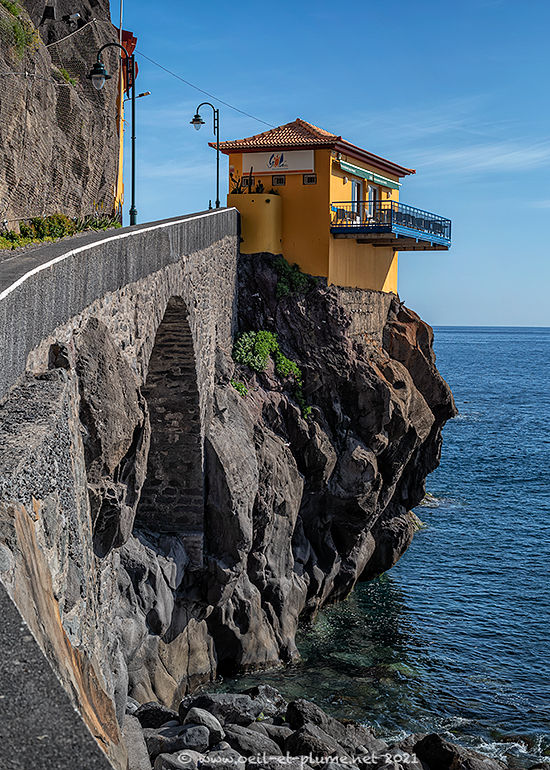
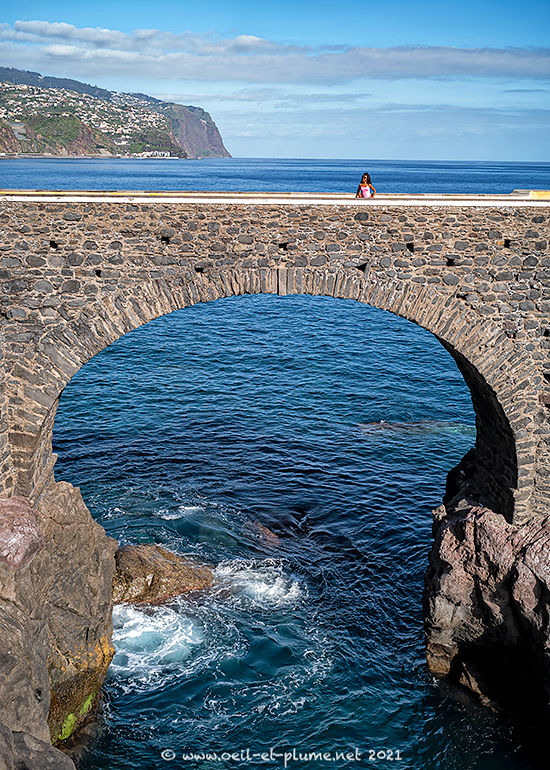


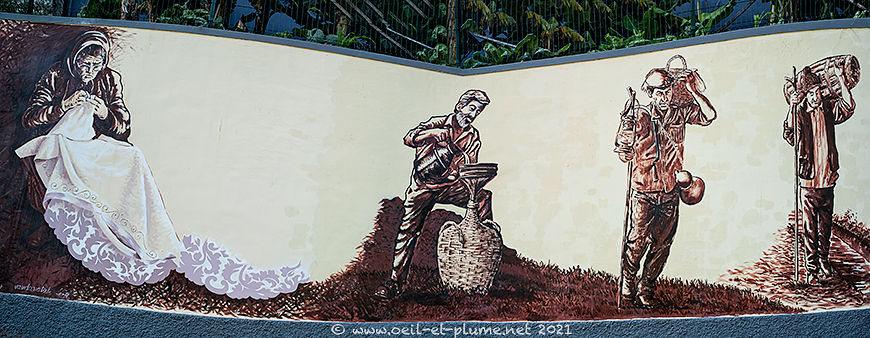
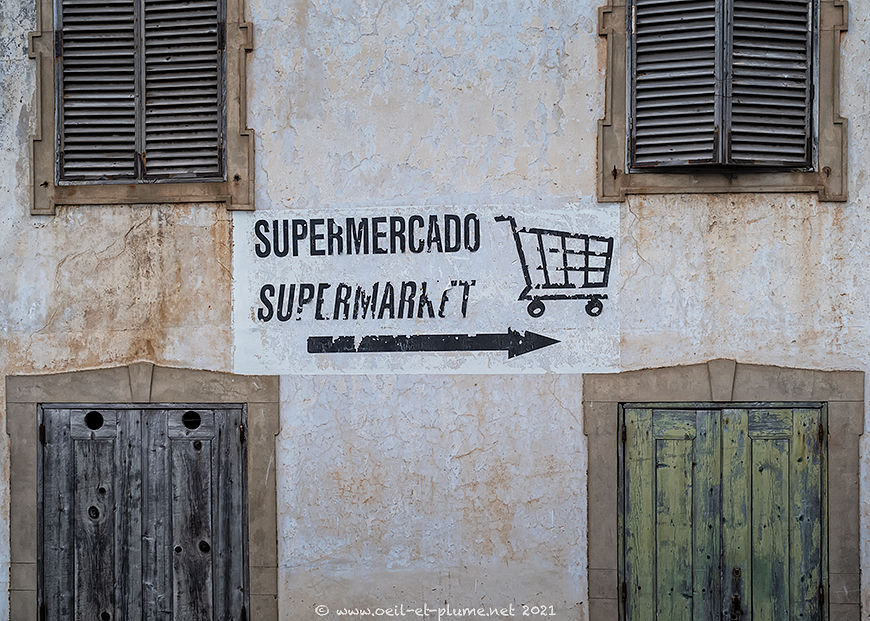
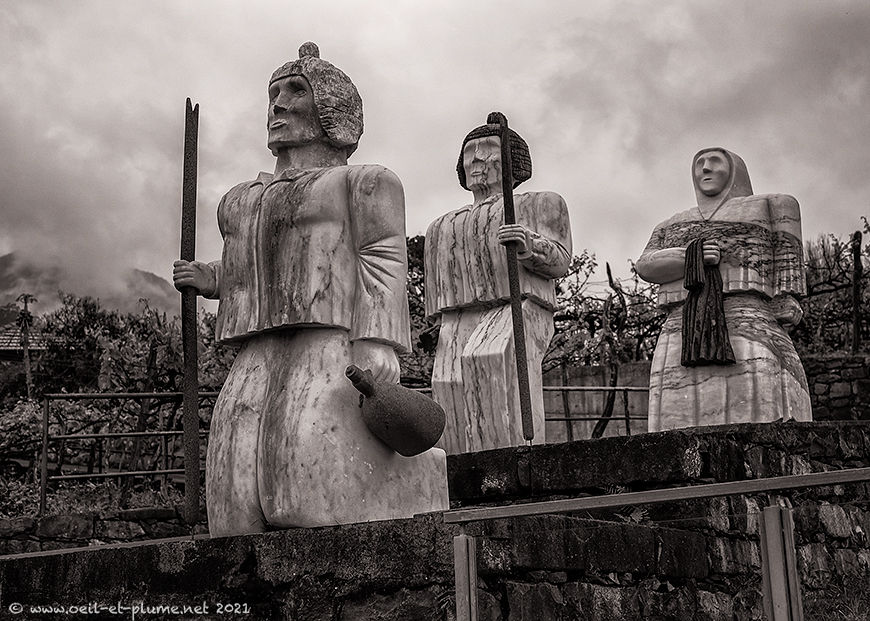
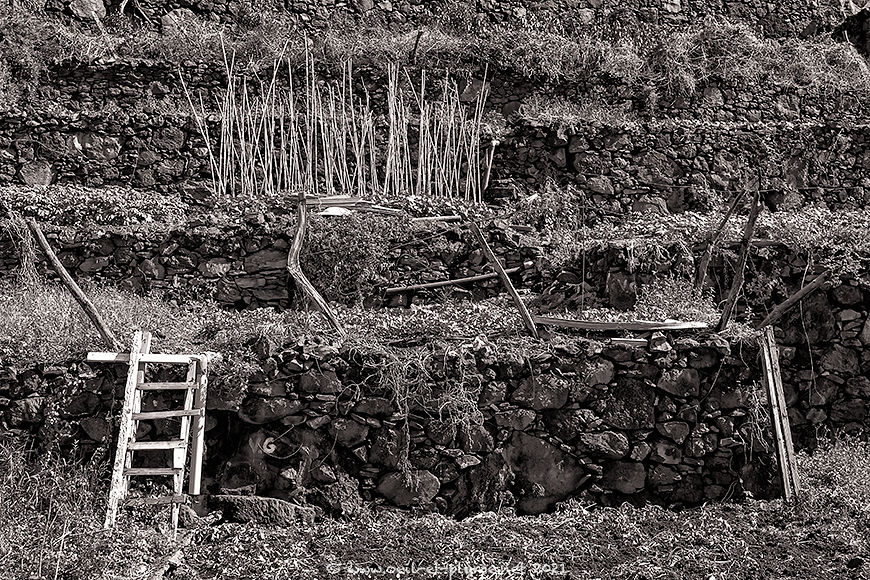
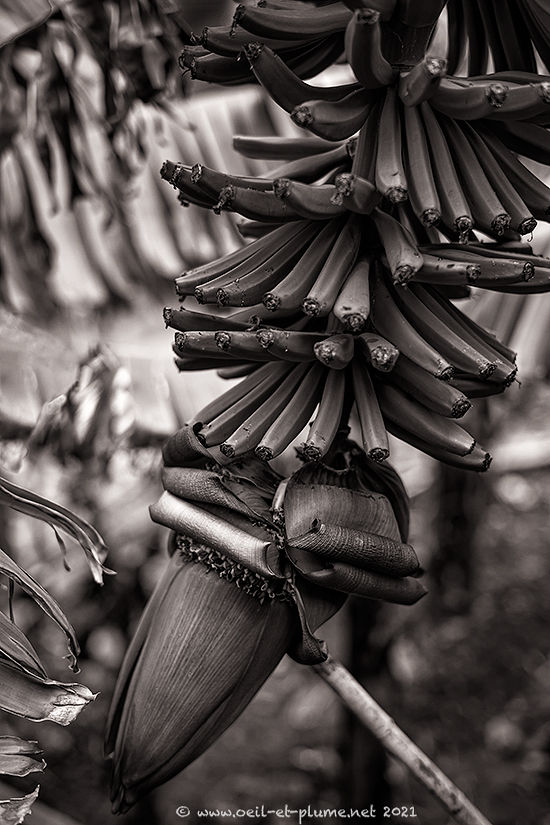
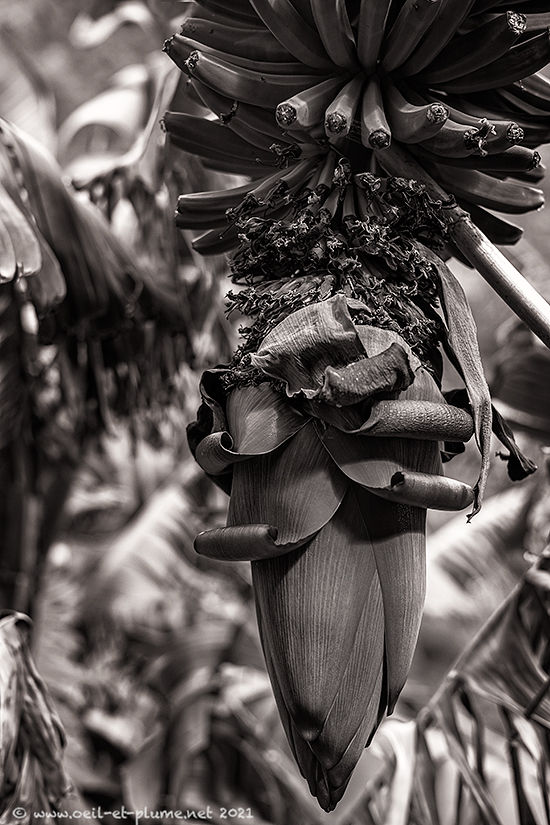


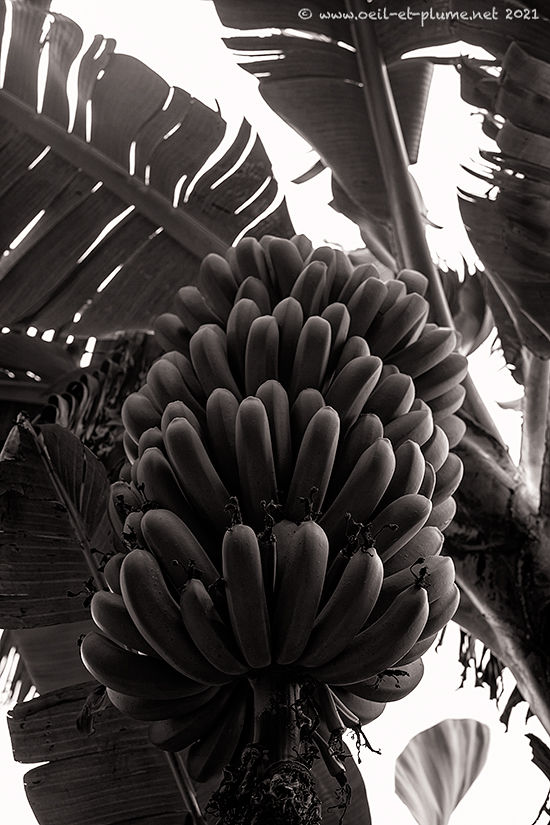
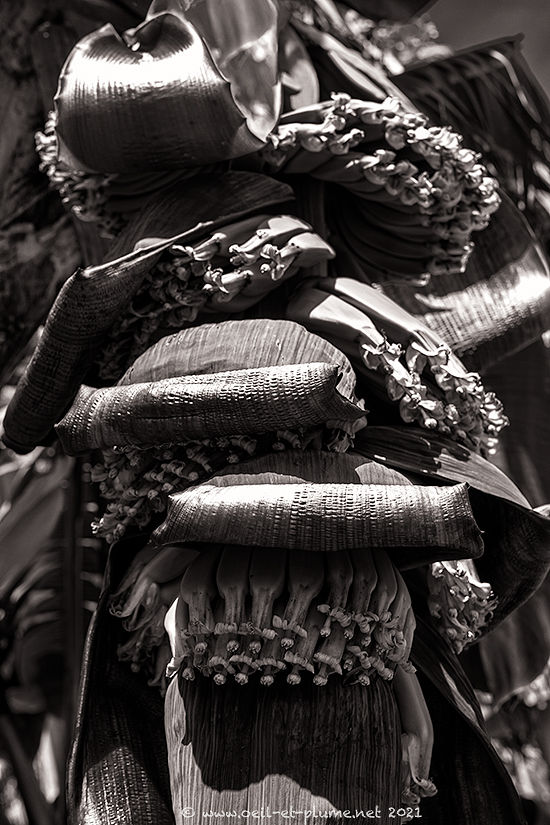
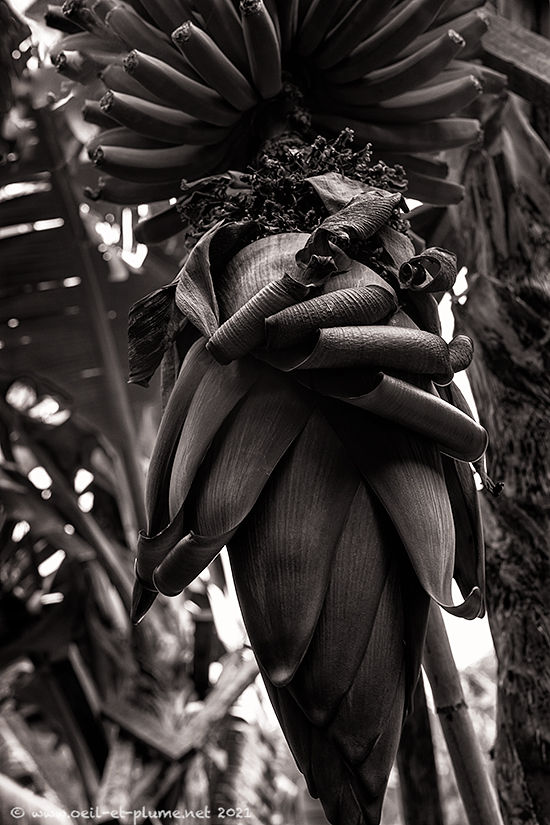
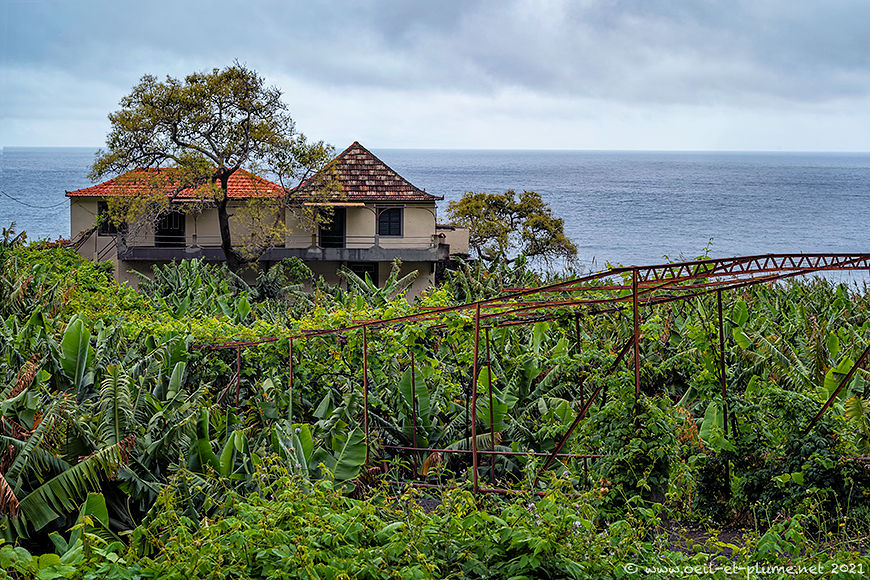
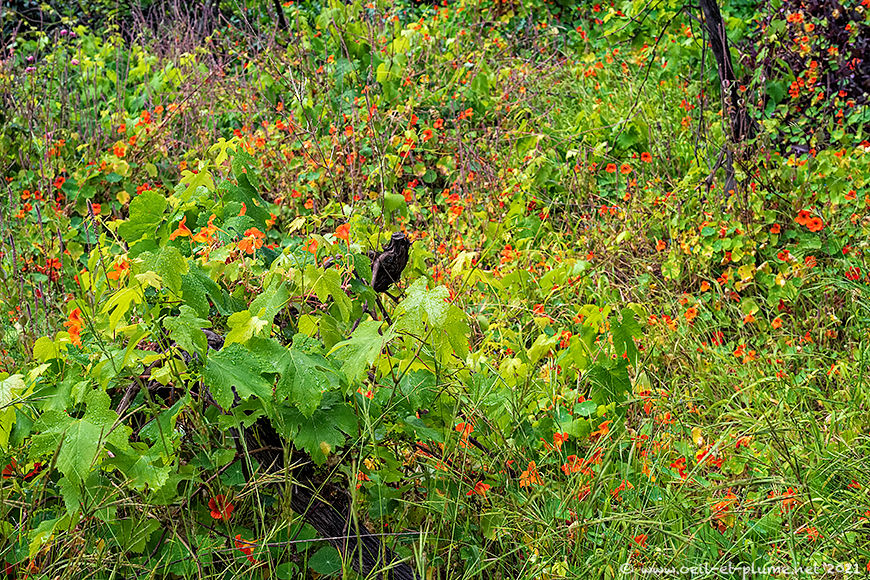
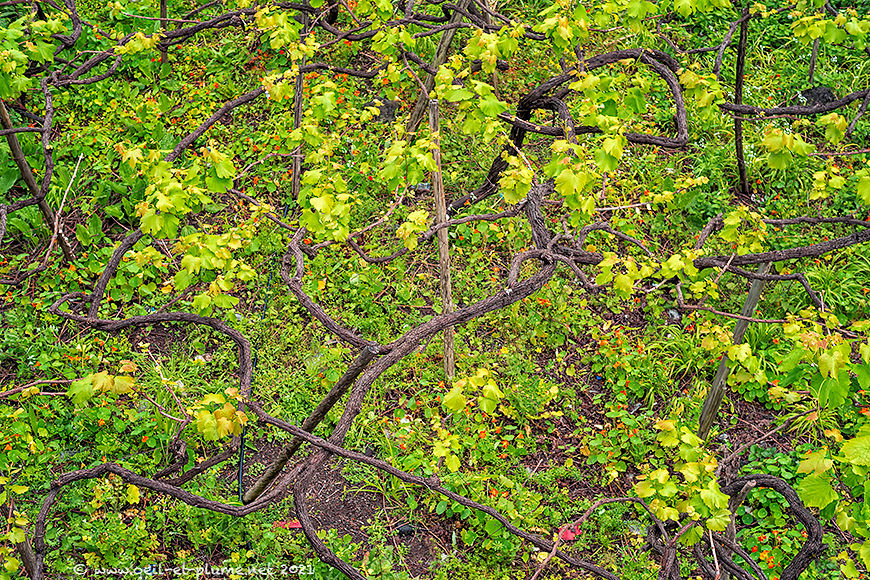
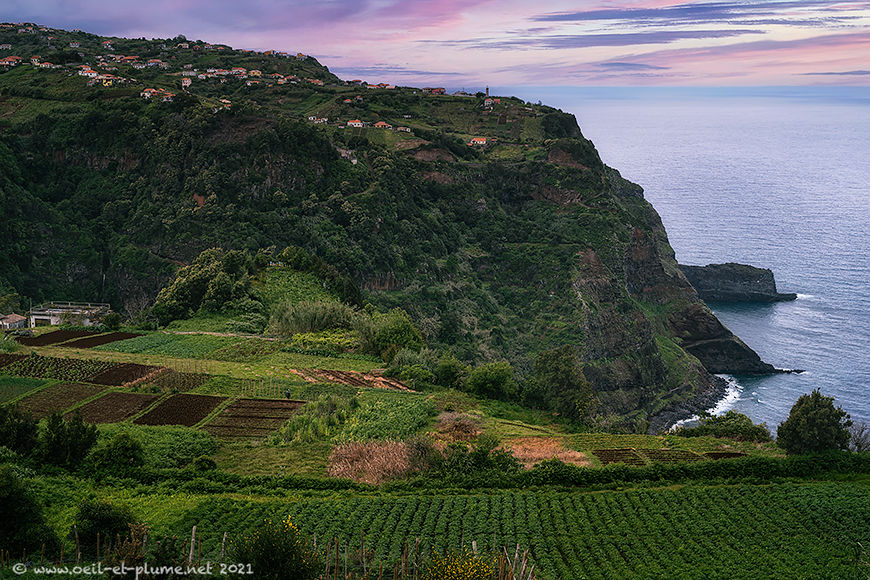
Cheers,